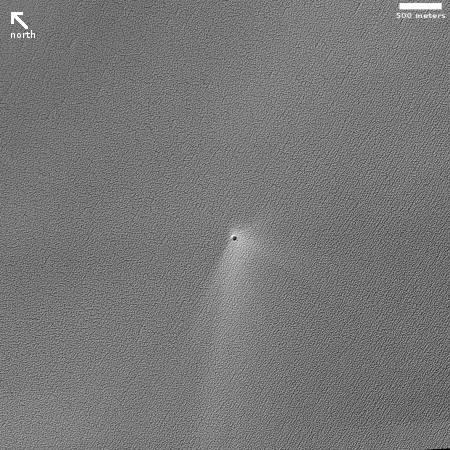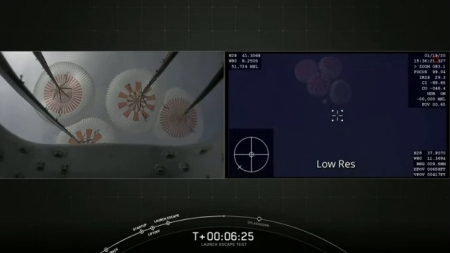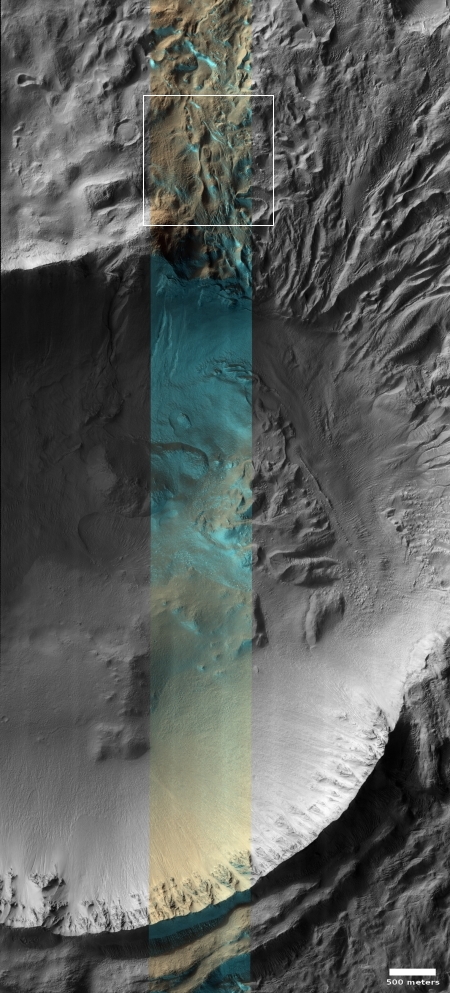Another pro-gulag Bernie Sanders campaign organizer reveals the increasingly fascist Democratic Party
In the third installment of Project Veritas’s undercover series exposing revolutionary, pro-gulag, Marxists within the Bernie Sanders campaign structure, we get to watch Martin Weissgerber, a Sanders field organizer, who seems to know more about the history of the Soviet Union than he does of his own country. Worse, that knowledge appears limited solely to Soviet-era propaganda, which Weissgerber seems to take entirely on faith.
He is also all for the idea of suspending Congress and the Judiciary and making a Sanders presidency a dictatorship ruled by decree. He also says, with great enthusiasm, “Guillotine the rich!”
Note also that in my comments about the second installment, I predicted Project Veritas was not finished, and would reveal more such violent, murderous people within the Sanders campaign. I am sure they are not done yet, especially because the Sanders campaign has not only not commented on the first two videos and has done nothing in response. As James O’Keefe says, “Perhaps the reason the [Sanders campaign] has not issued a response is that they know that these are not isolated incidences, they know that these people are not unique in their thinking, they know that more is coming.”
I have embedded the video below the fold. As before, I am on my knees pleading with the decent liberal Democrats in my readership. Watch this video and the first and second installments. These people represent what the power structure in the Democratic Party has become. It is not the party you might think it is. In fact, it is likely far worse than you can imagine.
» Read more





